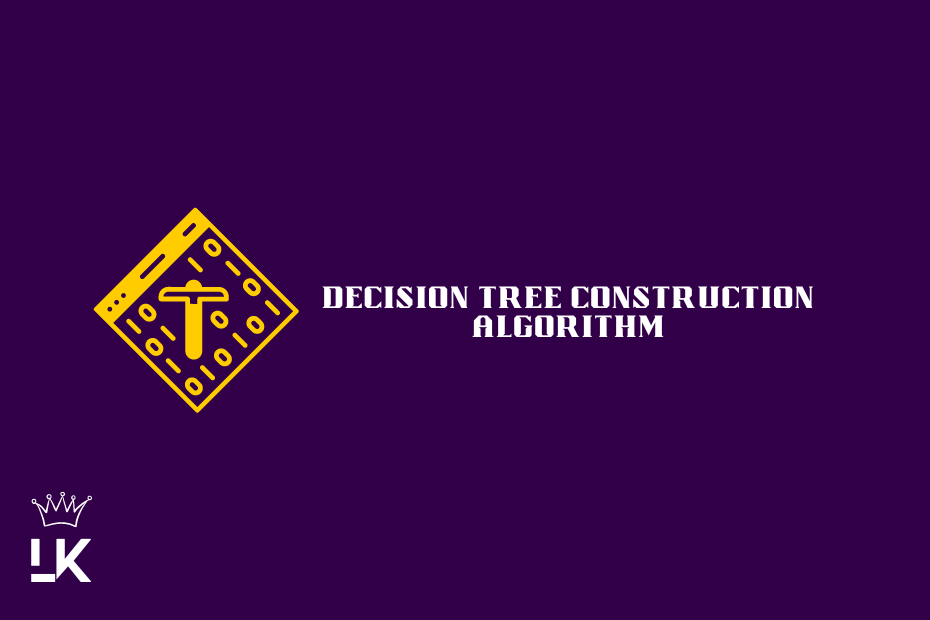Decision Tree Algorithms: ID3, C4.5, And CART Explained And Compared
The algorithm starts by selecting the root node, which represents the most important decision or attribute to be made.
There are several algorithms that can be used to construct decision trees, each with its own set of strengths and weaknesses. Some of the most popular decision tree construction algorithms include ID3, C4.5, and CART.
ID3 (Iterative Dichotomiser 3):
The ID3 (Iterative Dichotomiser 3) algorithm uses information gain to select the root node.
It starts by selecting the attribute with the highest information gain as the root node and then recursively splits the data based on the values of the chosen attribute.
The ID3 algorithm is simple and easy to understand, but it can be prone to overfitting if the tree is allowed to grow too deep.
C4.5 algorithm:
The C4.5 algorithm is an extension of the ID3 algorithm that uses the information gain ratio instead of information gain to select the root node.
The information gain ratio is a measure of the relative importance of an attribute, and it helps to avoid the problem of overfitting that can occur with the ID3 algorithm.
The C4.5 algorithm is more robust and accurate than ID3, but it is also more computationally expensive.
CART (Classification and Regression Tree):
CART (Classification and Regression Tree) algorithm uses the Gini Index to select the root node.
The Gini Index is a measure of the impurity of the data, and it is used to select the attribute that results in the greatest reduction in impurity.
The CART algorithm is similar to the C4.5 algorithm, but it is also used for regression problems. It is more robust and accurate than ID3 and C4.5, but it is also computationally expensive.
CHAID (Chi-squared Automatic Interaction Detector):
CHAID is useful for categorical data. When choosing a decision tree
construction algorithm, it's important to consider the characteristics
of the data, the computational resources available, and the desired
level of accuracy.
Additionally, pruning the tree by removing branches
with low significance is also important to improve the accuracy of the
model.
By understanding the different decision tree construction
algorithms and their strengths and weaknesses, organizations can
effectively utilize these powerful tools to extract valuable insights
from their data and make more informed decisions.
When choosing a decision tree construction algorithm, it's important to consider the characteristics of the data, the c Decision Tree Construction computational algorithm resources available and the desired level of accuracy.
ID3 is simple and easy to understand, but it can be prone to overfitting.
C4.5 and CART are more robust and accurate but also more computationally expensive. CHAID is useful for categorical data.
In conclusion, Decision Tree Construction Algorithm is a powerful data
mining technique used for both classification and regression problems.
There are several algorithms that can be used to construct decision
trees, each with its own set of strengths and weaknesses.
Reference Books
Here are the books I’ve used as references for writing this article,
please feel free to read them If you don’t want your knowledge to be
limited to this article alone.

Post a Comment